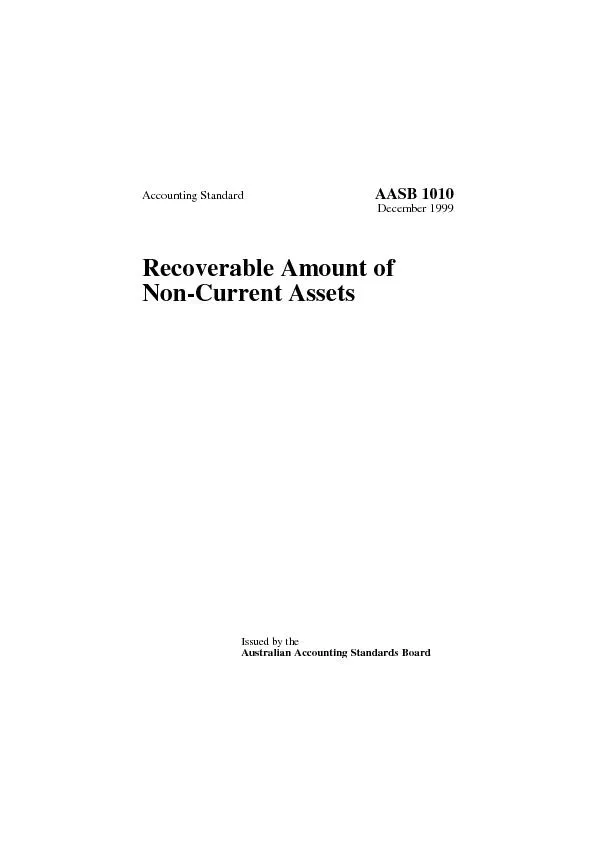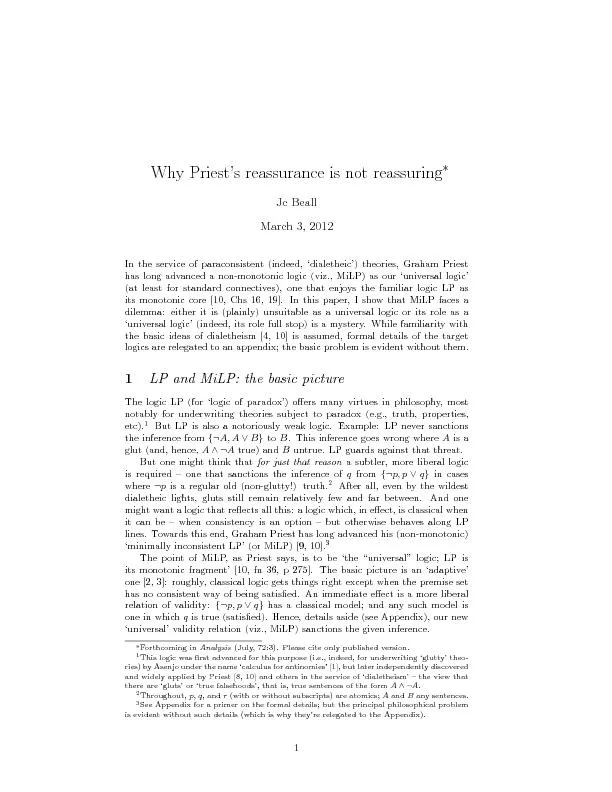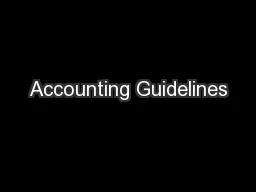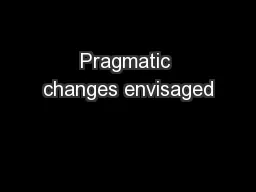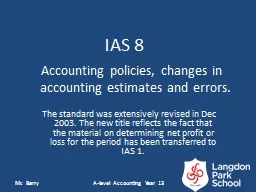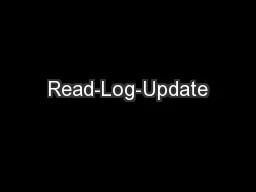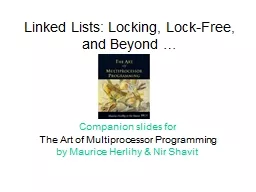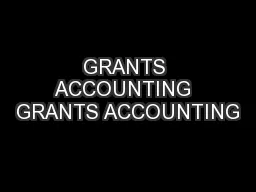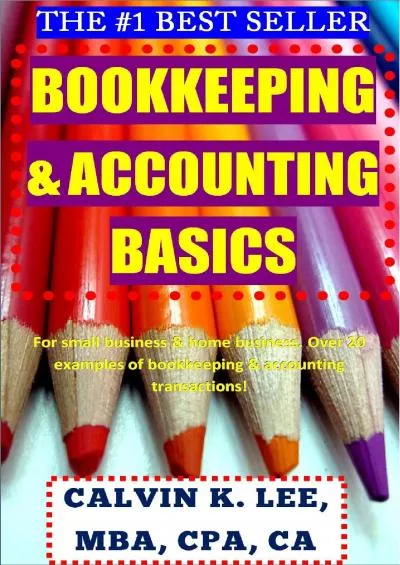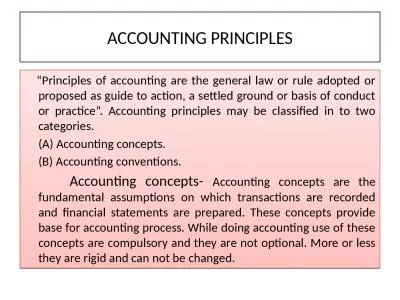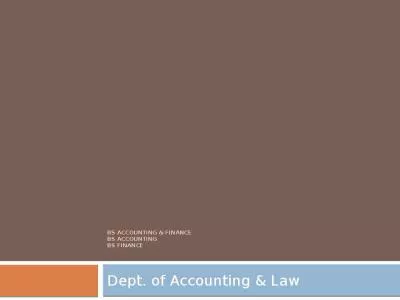PDF-Accounting StandardAASB 1010December 1999Recoverable Amount ofNon-Curr
Author : giovanna-bartolotta | Published Date : 2016-07-20
Issued by the Australian Accounting Standards Board AASB 10102Obtaining a Copy of this Accounting StandardCopies of this Standard are available for purchase from
Presentation Embed Code
Download Presentation
Download Presentation The PPT/PDF document "Accounting StandardAASB 1010December 199..." is the property of its rightful owner. Permission is granted to download and print the materials on this website for personal, non-commercial use only, and to display it on your personal computer provided you do not modify the materials and that you retain all copyright notices contained in the materials. By downloading content from our website, you accept the terms of this agreement.
Accounting StandardAASB 1010December 1999Recoverable Amount ofNon-Curr: Transcript
Download Rules Of Document
"Accounting StandardAASB 1010December 1999Recoverable Amount ofNon-Curr"The content belongs to its owner. You may download and print it for personal use, without modification, and keep all copyright notices. By downloading, you agree to these terms.
Related Documents

